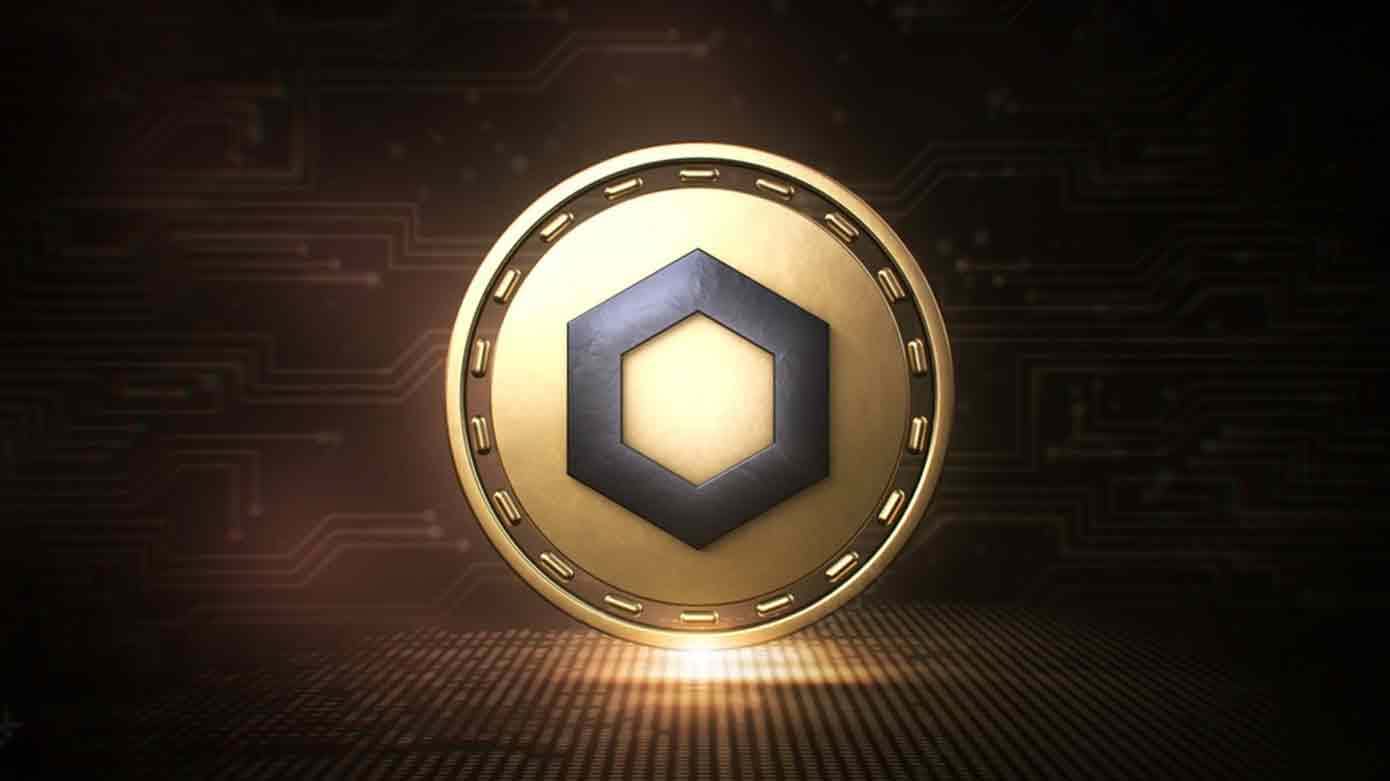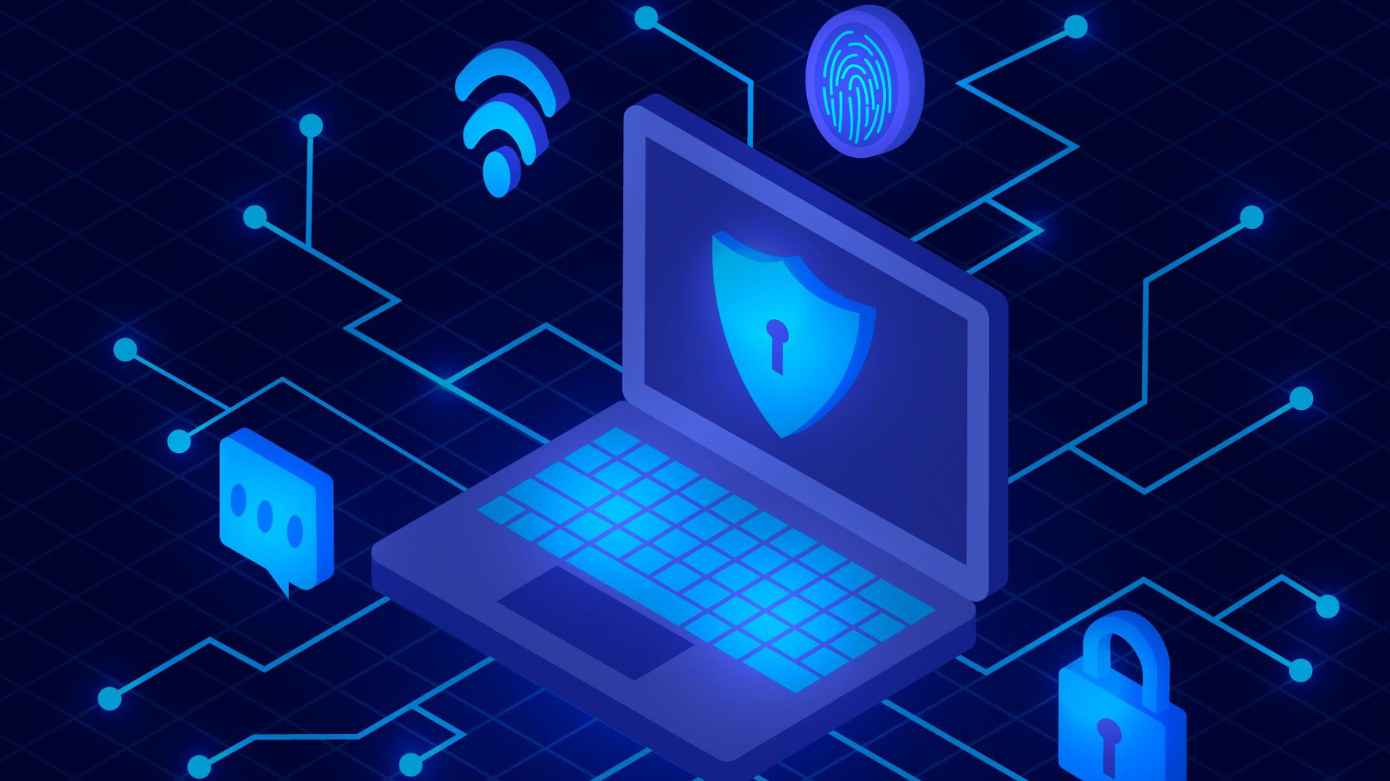Chainlink Explained: The Importance of Decentralized Data Feeds

Chainlink is a decentralised oracle network that allows smart contracts to access off-chain data feeds, web APIs, and traditional bank payments in a secure manner. In other words, it allows smart contracts to communicate with the real world. This is important because smart contracts, which are self-executing contracts with the terms of the agreement between buyer and seller being directly written into lines of code, can only operate within the confines of their own blockchain. They cannot access data from external sources, which limits their usefulness and practicality.
History of Chainlink
Sergey Nazarov and Steve Ellis founded Chainlink in 2014. The company initially focused on providing secure and reliable oracles for the Ethereum blockchain. An oracle is a piece of software that connects smart contracts to external data sources, allowing them to access and use real-world information.
In 2017, Chainlink launched its mainnet, which is the production version of its decentralized oracle network. Since then, the company has continued to grow and expand its services. It now supports multiple blockchains, including Bitcoin, Binance Smart Chain, and Polkadot.
Over the years, Chainlink has gained widespread adoption and recognition within the blockchain and cryptocurrency industry. It has partnerships with major companies and institutions, such as Google, Oracle, and the Depository Trust & Clearing Corporation (DTCC). It has also been used in a variety of real-world applications, including supply chain management, insurance, and financial services. It has grown significantly since its inception and has established itself as a key player in the blockchain and cryptocurrency space.
How Does Chainlink Work?
Chainlink is a decentralised oracle network that allows smart contracts to access off-chain data feeds, web APIs, and traditional bank payments in a secure manner. It works by using a network of decentralized oracles, which are nodes that are run by independent operators. These oracles fetch data from external sources and pass it back to the smart contract on the blockchain. The smart contract then uses this data to execute its terms.
Here's a more detailed explanation of how Chainlink works:
-
A developer creates a smart contract and specifies the external data sources that it needs to access.
-
The smart contract sends a request for data to the Chainlink network.
-
The Chainlink network selects a group of oracles to fulfill the request based on their reputation and performance.
-
The selected oracles fetch the requested data from the external sources and pass it back to the smart contract.
-
The smart contract verifies the data and, if it is correct, executes its terms using the data.
Chainlink ensures the security and reliability of this process through a number of mechanisms. For example, it uses a decentralized network of oracles to reduce the risk of a single point of failure. It also uses a reputation system to select high-quality oracles and a consensus mechanism to ensure that the data passed back to the smart contract is accurate.
Overall, Chainlink allows smart contracts to communicate with the real world and access a wide range of external data and resources, which greatly expands their potential use cases and makes them more practical and useful.
Benefits of Using Chainlink
There are several benefits to using Chainlink for smart contracts:
-
Security: Chainlink uses a decentralized network of oracles, which reduces the risk of a single point of failure. This makes it more secure than using a centralized oracle, which is controlled by a single entity.
-
Reliability: Chainlink's decentralized network ensures that data is always available and up-to-date. This is important for smart contracts, which rely on accurate data to execute their terms.
-
Compatibility: Chainlink is compatible with multiple blockchains, which makes it easy to use with a variety of smart contracts.
-
Flexibility: Chainlink allows smart contracts to access a wide range of data sources, including web APIs, traditional bank payments, and more. This gives developers flexibility when building their contracts.
-
Ease of use: Chainlink provides an easy-to-use interface for developers to connect their smart contracts to external data sources. This makes it straightforward to build complex, data-driven smart contracts.
-
Wide adoption: Chainlink has gained widespread adoption and recognition within the blockchain and cryptocurrency industry. This means it is well-respected and trusted by developers, users, and institutions.
The benefits of using Chainlink for smart contracts include enhanced security, reliability, compatibility, flexibility, ease of use, and wide adoption. These features make it a valuable tool for developers looking to build complex, data-driven smart contracts that can operate securely and reliably within the blockchain ecosystem.
What can You Do with Chainlink?
There are many things you can do with Chainlink, as it allows smart contracts to access a wide range of external data and resources. Some potential use cases include:
- Supply Chain Management: Chainlink can be used to track the movement of goods through the supply chain, ensuring that all parties have access to accurate and up-to-date information.
- Insurance: Chainlink can be used to automate the claims process for insurance contracts. For example, a smart contract could use Chainlink to access real-time weather data and automatically pay out claims for weather-related damage.
- Financial Services: Chainlink can be used to automate financial transactions and reduce the need for intermediaries. For example, a smart contract could use Chainlink to access real-time exchange rates and automatically execute currency trades based on predetermined criteria.
- Predictive Analytics: Chainlink can be used to access a wide range of external data sources, such as market data or social media data. This can be used to build predictive models that can inform business decisions or help with forecasting.
- Identity Verification: Chainlink can be used to securely verify identity information, such as a person's name or date of birth. This can be useful in a variety of applications, such as onboarding new customers or verifying the identity of online users.
Overall, the potential uses for Chainlink are vast and varied, as it allows smart contracts to access a wide range of external data and resources. This makes it a valuable tool for developers looking to build complex, data-driven smart contracts that can operate securely and reliably within the blockchain ecosystem.
Future of Chainlink
It is difficult to predict the future of any technology, including Chainlink. However, Chainlink is a decentralized oracle network that allows smart contracts to securely access off-chain data feeds, web APIs, and traditional bank payments. This technology has the potential to enable smart contracts to interact with a wide range of real-world data and systems, which could make it a valuable tool for a variety of applications.
Some potential use cases for Chainlink include enabling smart contracts to track the prices of financial assets, to facilitate the automatic execution of financial contracts based on market conditions, and to enable the use of smart contracts in supply chain management.
As the use of blockchain and smart contracts continues to grow and evolve, it is possible that Chainlink could become an important part of the infrastructure for these technologies. However, it is also possible that other solutions could emerge that are better suited for certain use cases or that are more widely adopted. It is important to keep an eye on the developments in this space and to carefully consider the potential benefits and risks of any technology before using it.
Conclusion
In conclusion, Chainlink is a decentralized oracle network that enables smart contracts to securely access off-chain data and other external resources. It is a reliable and secure way to bring the real world into the world of smart contracts, expanding their potential use cases and making them more practical and useful.
You May Like This
Navigating IoT Security Challenges: Vital Insights
Muthulakshmi Aruchamy - November 24, 2023 [IST]
Understanding Polkadot: The Interoperable Blockchain Network
Riya - October 08, 2023 [IST]
Get Instant Solutions to Your Questions with ChatGPT - The Next Generation AI Assistant
Riya - April 21, 2023 [IST]





